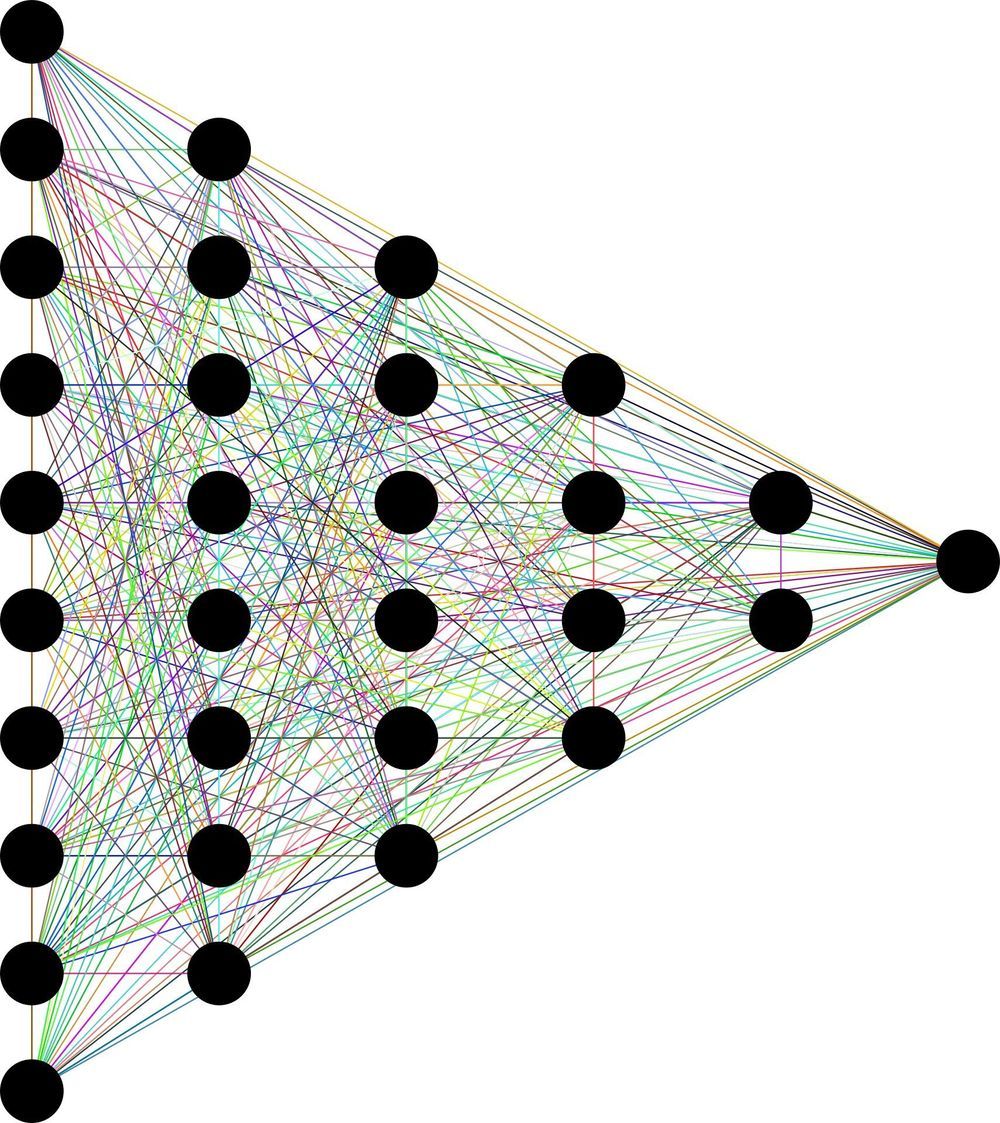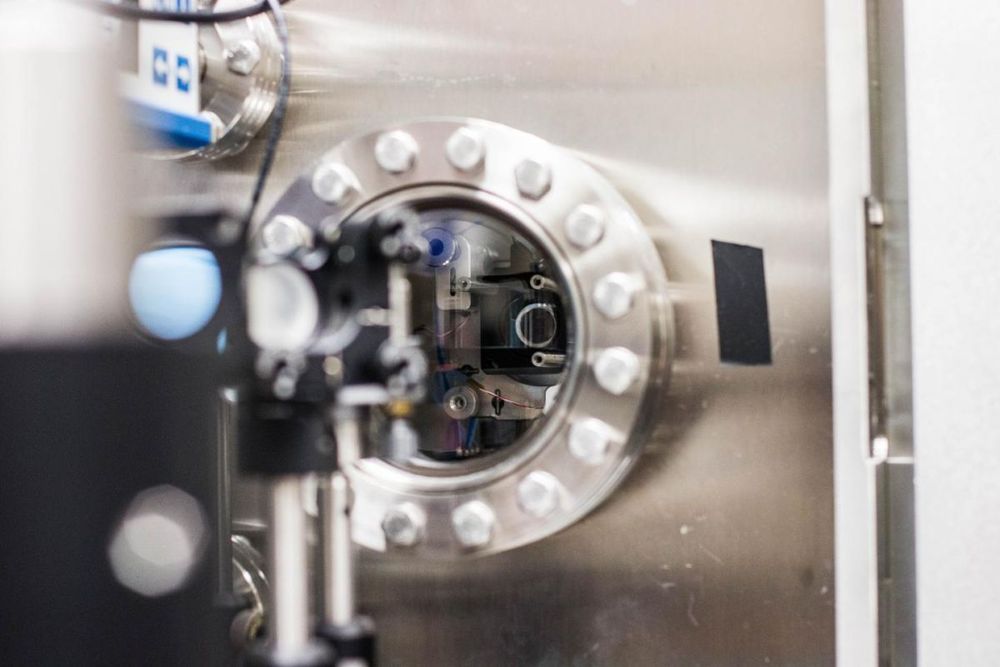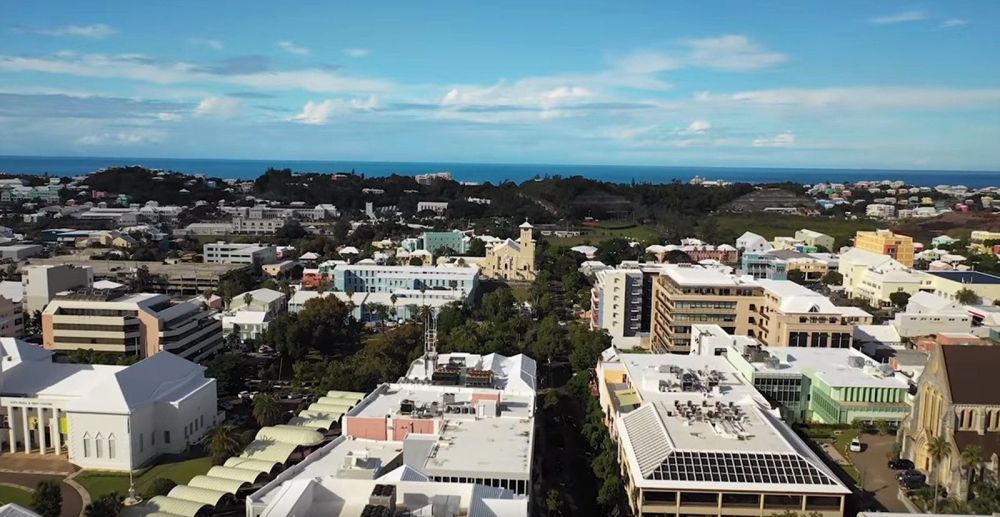Site called iStreamItAll offered access to a vast trove of pirated movies and TV shows, ripping off copyright owners.




Carnegie Mellon University computer scientists have taken a deep learning method that has revolutionized face recognition and other image-based applications in recent years and redirected its power to explore the relationship between genes.
The trick, they say, is to transform massive amounts of gene expression data into something more image-like. Convolutional neural networks (CNNs), which are adept at analyzing visual imagery, can then infer which genes are interacting with each other. The CNNs outperform existing methods at this task.
The researchers’ report on how CNNs can help identify disease-related genes and developmental and genetic pathways that might be targets for drugs is being published today in the Proceedings of the National Academy of Science. But Ziv Bar-Joseph, professor of computational biology and machine learning, said the applications for the new method, called CNNC, could go far beyond gene interactions.

A technology for propelling spacecraft using a “sail” pushed by light has passed an initial test, with the prototype device staying centered in a laser beam.
To snap close-up photos of planets outside our Solar System (exoplanets), some researchers are proposing the use of a fleet of “light sails” propelled by powerful Earth-bound lasers. A new experiment has demonstrated a possible sail design that uses diffraction gratings, rather than the reflective mirrors that have been used in previous sail designs. The gratings deflect an incoming laser beam at an angle, creating a sideways force that keeps the sail aligned with the beam’s center. Further testing is needed, but the team developing the sail is hopeful that their “beam-rider” technology could guide probes to faraway stars or to closer targets in our own Solar System.

Amazon has been steadily growing its logistics operation over the last decade, and it now delivers more than half of all Amazon packages in the US, according to an estimate from Morgan Stanley published on Thursday and reported by CNBC. That’s a staggering increase over the course of the last few years. It means Amazon, which now operates its own freighters and cargo planes, is accelerating its push to own the entire logistics chain and end its relationship with companies like FedEx and UPS.
At the current rate, Amazon is set to pass both FedEx and UPS in US package volume, with the company currently delivering 2.5 billion packages per year compared to FedEx’s 3 billion and UPS’s 4.7 billion, Morgan Stanley says. Amazon’s number doubled in just the last year alone, from delivering about 20 percent of all of its own packages to now about half. A substantial contributing factor here is Amazon’s new one-day Prime shipping initiative, which it kicked off earlier this year and promises to bring to more markets and more products as time goes on.
“Customers love the transition of Prime from two days to one day — they’ve already ordered billions of items with free one-day delivery this year. It’s a big investment, and it’s the right long-term decision for customers,” CEO Jeff Bezos said of one-day Prime shipping on an earnings call in October. Amazon did not immediately respond to a request for comment regarding its package volume.



WASHINGTON – A U.S. Naval Research Laboratory-built camera mounted on the NASA Parker Solar Probe revealed an asteroid dust trail that has eluded astronomers for decades.
Karl Battams, a computational scientist in NRL’s Space Science Division, discussed the results from the camera called Wide-Field Imager for Solar Probe (WISPR) on Dec. 11 during a NASA press conference.
WISPR enabled researchers to identify the dust cloud trailing the orbit of the asteroid 3200 Phaethon.


The power shift continues.
Uber, the world’s largest taxi company, owns no vehicles. Facebook, the world’s most popular media owner, creates no content. Alibaba, the most valuable retailer, has no inventory. And Airbnb, the world’s largest accommodation provider, owns no real estate. Something interesting is happening.
Since the Industrial Revolution, the world has developed complex supply chains, from designers to manufacturers, from distributors to importers, wholesalers and retailers, it’s what allowed billions of products to be made, shipped, bought and enjoyed in all corners of the world. In recent times the power of the Internet, especially the mobile phone, has unleashed a movement that’s rapidly destroying these layers and moving power to new places.
The Internet is the most powerful mechanism we can imagine to match perfectly individuals that need something, and people with something to offer. The moment started slowly by reducing complexity and removing the middle layer in the late 1990s. From insurance to early PC makers like Dell to travel agents, this time seemed to be an age where “direct” became a desirable moniker. This time seemed to favor scale and efficiency over service or brand, for commodities like insurance cover or processing power, the overheads of sales, marketing and retail footprint were stripped away.